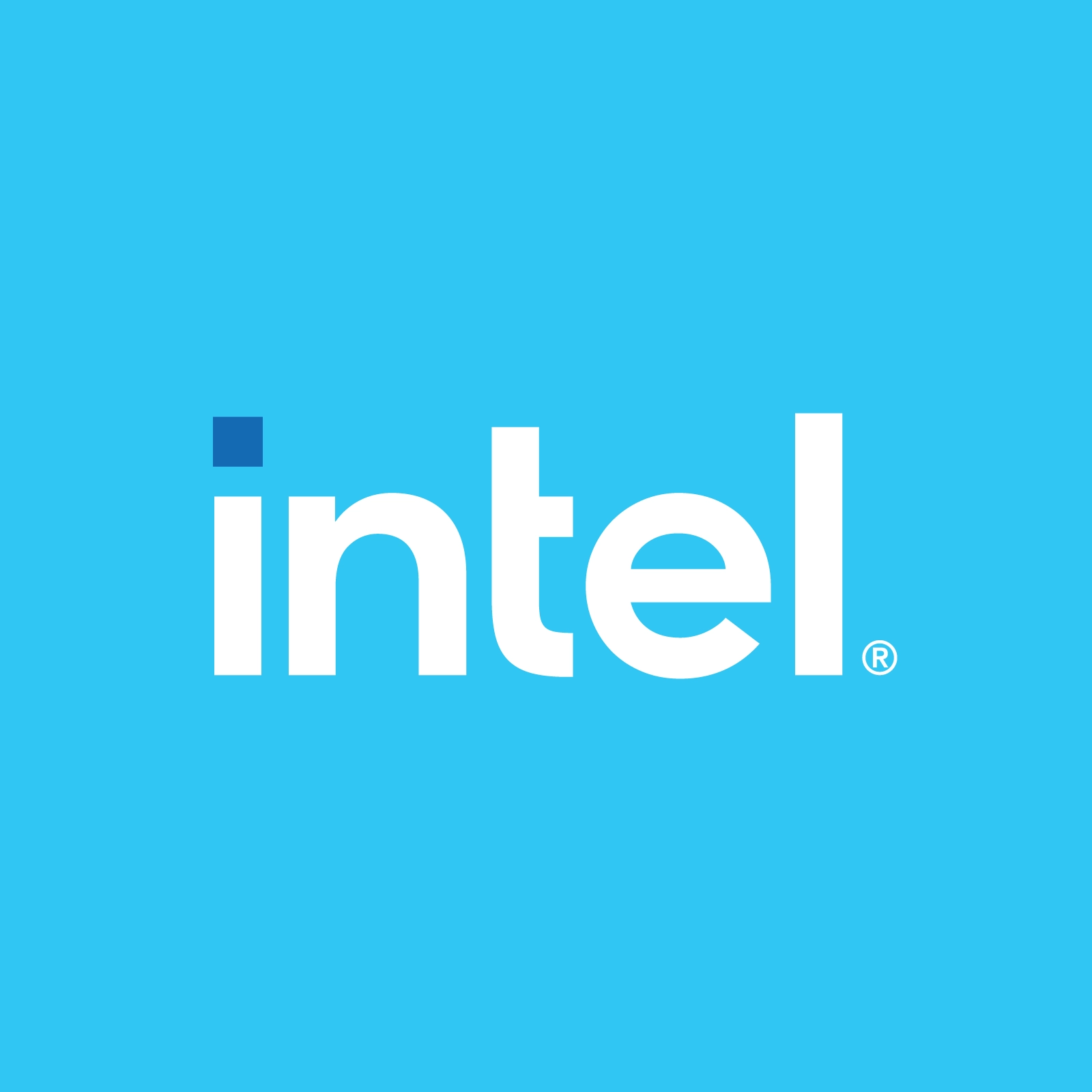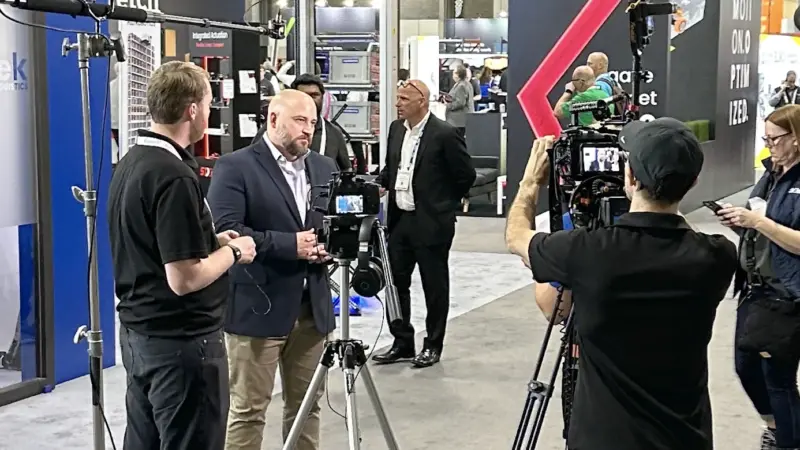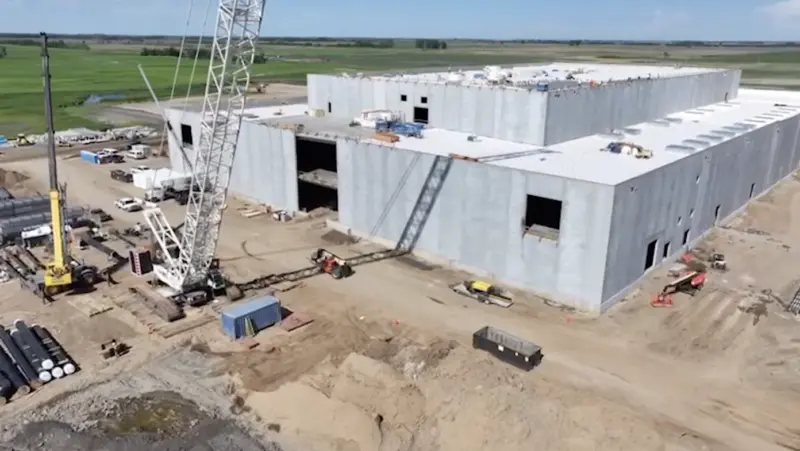Advancements in Computer Vision Annotation
With the increase requirement to deliver new innovative AI cases in various industries, software engineers are discovering new ways to deal with the vast amounts of application and device data. The Computer Vision Annotation Tool (CVAT) is a tool that allows for better analysis and processing of annotation data.
Intel IOT/ML Senior Software Engineer Neethu Elizabeth Simon, talked to host Michelle Dawn Mooney on an episode of “To the Edge and Beyond,” on computer vision, how it functions, and how data can be annotated more efficiently for object detection, image classification, and image segmentation.
Simon outlined the four main steps when it comes to Computer problems: data collection, annotation, training, and inference. She added that the order of operations normally includes data collection and clean-up, then annotation, which involves data labeling, followed by training to determine the models, and lastly, the inferencing stage when the model is deployed.
“This cyclic process can become stale, and if data becomes stale our models will fail and obviously our performance and accuracy are going to be affected,” says Simon.
Of the four steps, Simon mentioned that the annotation stage is the simplest, but added that it demanded the most effort and time citing the manual nature of data annotation and how much time it takes to complete.
The growing popularity of the Computer Vision Annotation Tool is leading the charge. However, there is still room for improvement, said Simon. “There are several tools available in the market. I wouldn’t say any of them have automated — it is still a research topic, people are trying to figure out how to automate this entire process, so we can save some time by building solutions, and one of the tools is the Computer Vision Annotation Tool … and it’s very popular,” says Simon.
Simon indicated that the Computer Vision Annotation Tool is a very noteworthy aid and that its popularity is recognized by its GitHub rank and its helpfulness to various figures in the IT field.
Subscribe to this channel on Apple Podcasts, Spotify, and Google Podcasts to hear more from the Intel Internet of Things Group.
Learn more about the concept of computer vision and more at Intel’s computer vision solutions. Connect with Neethu Elizabeth Simon on LinkedIn, or via email at neethu.elizabeth.simon@intel.com.



